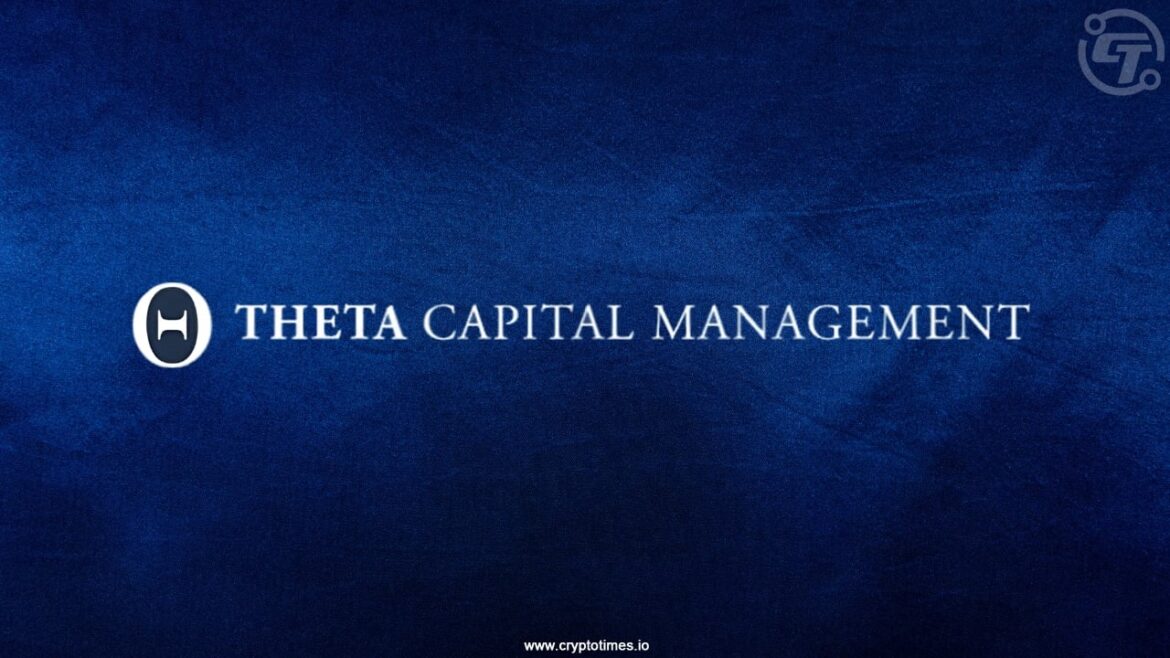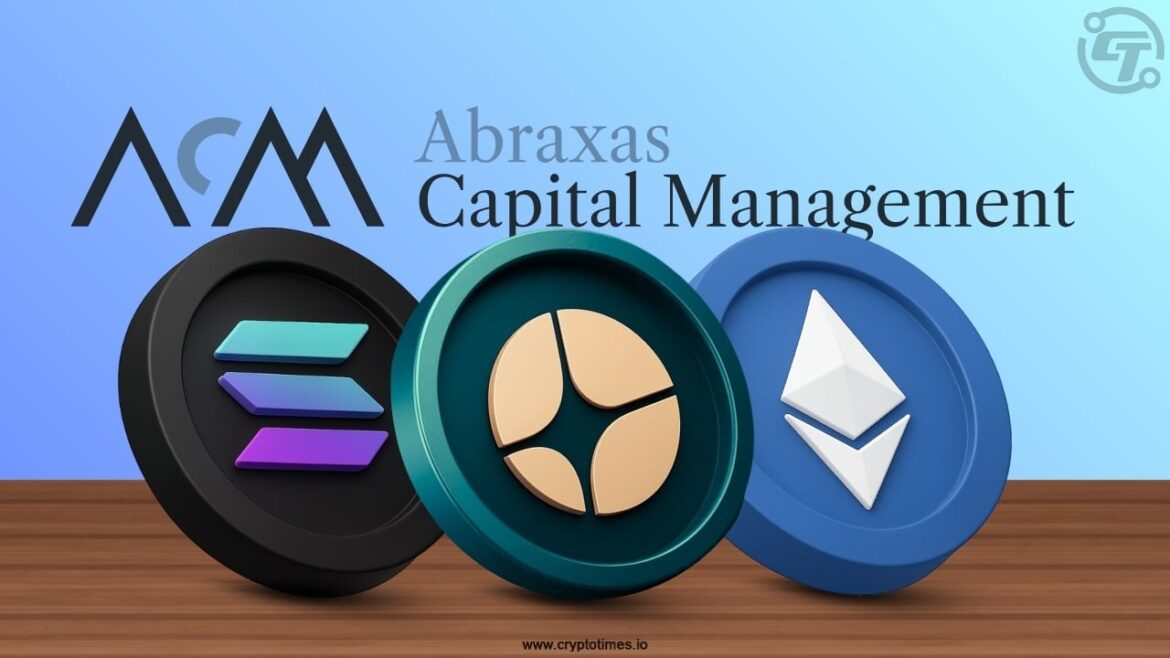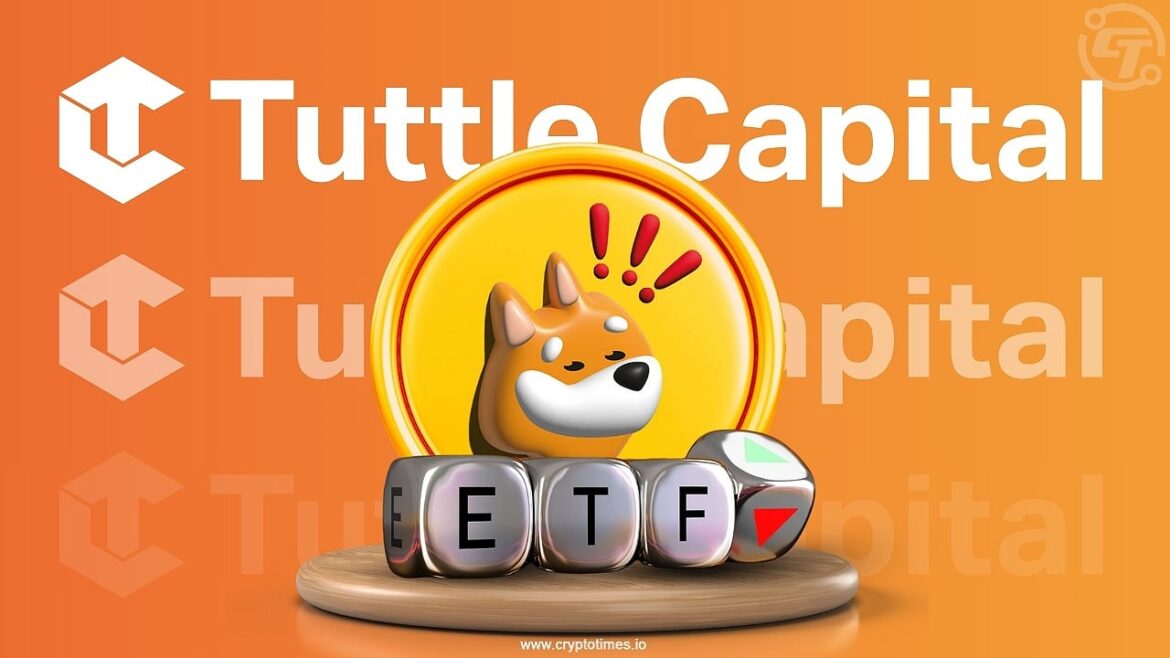Capital B, a publicly listed firm on Euronext Growth Paris, confirmed the acquisition of 12 BTC for $1.4 million (€1.2 million) on Friday, raising its total Bitcoin holdings to 2,812 BTC. The move follows its recent capital raise completed on September 23, which had already signaled plans to expand the company’s treasury with proceeds from share issuance of said value.
The company’s BTC yield has reached 1,656.1% year-to-date, underscoring the aggressive accumulation strategy that has characterized its 2025 roadmap. On September 22, Capital B acquired 551 BTC for €54.7 million, just before completing a separate €58.1 million private placement aimed at further institutional onboarding.
Treasury-first playbook continues
This latest confirmation aligns with projections made last week, when Capital B disclosed that the $1.4 million (€1.2 million) capital injection could finance the purchase of around 10 BTC. With BTC operating at $113K, the firm moved to expand exposure, again.
According to BitcoinTreasuries, Capital B now ranks as the 28th largest public holder of Bitcoin in the globe. The company has developed its brand around treasury accumulation, with a range of verticals in data intelligence, AI, and decentralized tech consulting providing support to its primary BTC thesis.
Capital B’s stock (ALCPB) last traded at €1.030 ($1.30), up 7.44% on the day of its last announcement. As more firms experiment with balance-sheet Bitcoin strategies, Capital B continues to position itself as a European counterpart to U.S.-based players like MicroStrategy.
Also read: Capital B Acquires 126 BTC, Boosting Treasury to 2,201










